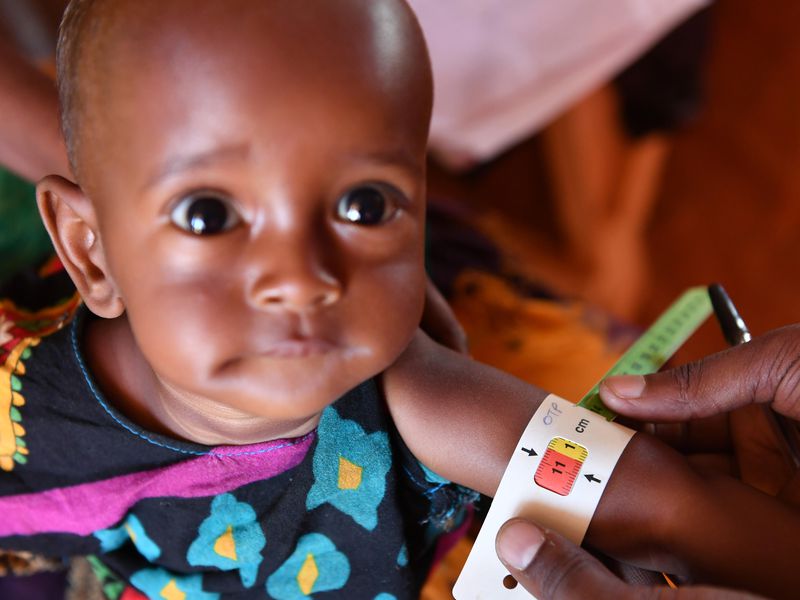

Data Science + AI
Kimetrica: Facial recognition technology to detect severe malnutrition from a single photo
40
TOTAL COMMITS
ISSUES
7 LOGGEDPULL REQUESTS
15 CLOSEDInvestment Period Activity
Kimetrica’s work over the last decade in different crisis contexts has highlighted the need for rapid assessment of malnutrition in children under five. There are two traditional methods of measuring moderate and severe acute malnutrition in children aged between 6 months to 59 months old. One is mid-upper arm circumference (MUAC), and the other is weight for height (WFH). The problem with these methods however, is that they require trained staff, bulky equipment, physical handling of the child, and can be time consuming.
Utilizing newly emerging facial recognition technologies and machine learning algorithms, Kimetrica has developed a method for assessing malnutrition that is not dependent on enumerator assessment and aims to remove measurement, transcription and interpretation error. During the investment period with the Innovation Fund, Kimetrica achieved proof of concept with MERON for children and a preliminary classification accuracy level of 60 percent, using 3,500 images of children under-five (6-59 months), collected alongside UNICEF's Standardized Monitoring and Assessment of Relief and Transitions (SMART) survey in Kenya.
MERON's next step for product development is a significant increase in its accuracy for malnutrition detection in children under-five from 60 percent to over 90 percent, which will be achieved through collecting additional image data. Doing so requires the collection of 5,000-15,000 more usable images in tandem with SMART surveys or other nutritional assessments for calibration. Once MERON achieves high-quality classification ability, it will offer the following benefits: 1. An increase in the accuracy of collecting data on malnutrition. 2. A cost reduction related to the training of enumerators. 3. Use of inconspicuous measurement tools. 4. A less invasive method to measure malnutrition. (In some cultures parents are sensitive to physical handling of their children.)